Hi I am new to r I have a problem i.e to find the network of user(uID) and network of articles(faID) from a data frame called w2 like
faID uID
1 1256
1 54789
1 547821
2 3258
2 4521
2 4528
3 98745
3 1256
3 3258
3 2145
this is just a example I have over 20000 articles what I want to make a relationship between users based on articles in a data frame format e.g.
**##for article one##**
1258 54789
1258 547821
47789 547821
**##similarly for article 2##**
3258 4521
3258 4528
4528 4521
I was using the sparse matrix format but r memory do not allow me to find the network and centrality score of a user and article.any help would be highly appreciated.some of the other information are dput(head(w2,)) structure(list(faID = c(1L, 1L, 1L, 1L, 1L, 1L), uID = c(20909L,6661L, 1591L, 28065L,42783L, 3113L)), .Names = c("faID", "uID"), row.names=c(7L,9L,10L,12L,14L,16L), class =data.frame")
dim(w2) [1] 364323 2
